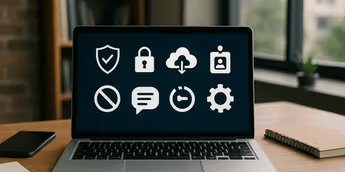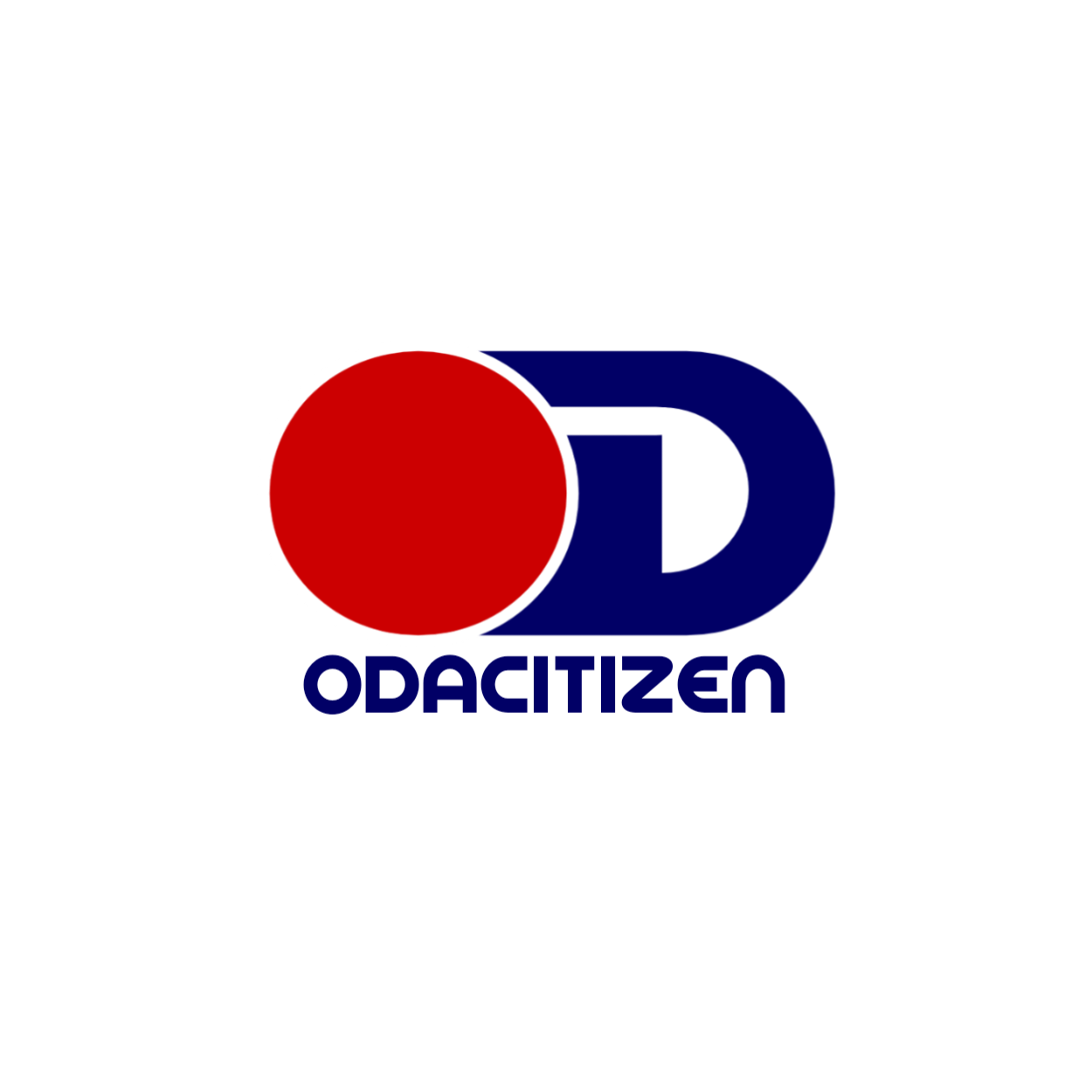
Discover the top cybersecurity and productivity tools of 2025 to secure your business, streamline work, and empower remote teams efficiently.
It’s astounding to me how much corporate management has changed in such a short period of time. Only large corporations had to worry about cybersecurity and privacy a few years ago, but now everyone is at risk.
Everyone should be cautious before clicking on an email link, even individuals or small groups. It goes beyond privacy and security. Our working methods have also undergone a radical transformation.
Due to the proliferation of remote work and flexible scheduling, digitization has simply become the standard. Therefore, no, having the appropriate tools is crucial.
I have witnessed companies lag behind only due to a lack of secure technology and efficient operations. Therefore, I am providing some of the tools that I have personally seen make a significant difference in this article.
These technologies can help your team perform more efficiently and effectively while also keeping your company secure.
Securing Your Digital Environment
Let me just state this before we go over the list of tools: protecting your digital communications is something that no one should ignore.
Securing your digital environment is the most crucial item, yet I have seen a lot of people and businesses ignore this section because they believe it is exclusively for large corporations.
What can you do, then, to safeguard and secure your electronic correspondence? You can make use of resources like a VPN service. Your IP address and internet traffic are concealed by a VPN, keeping your company’s data safe and out of the hands of hackers.
Key Cybersecurity Tools for 2025 End Point Protection (EPP/EDR/DR)
When we discuss cybersecurity, I usually remind people that they should not overlook their endpoints. Devices that connect to a network are known as endpoints.
These comprise all of your devices, and since everyone uses phones, computers, and remote work these days, attackers typically target these endpoints first. I’ve witnessed businesses deploy firewalls and tighten email filters, but neglect to secure the devices that their employees use on a daily basis.
Tools like CrowdStrike Falcon and Microsoft Defender for Endpoint are quite helpful in this situation. Not only do they fight malware, but they also keep an eye on everything in real time and can even spot strange activity before it becomes a serious issue.
In particular, CrowdStrike is very popular. More than 20,000 businesses, including half of the Fortune 500, use it. That speaks volumes. With the use of these technologies, you can identify and eliminate threats from all of your devices, preventing a complete data breach even in the event that something manages to get through.
Cloud Security (CASB, CSPM, CWPP)
You know, security is becoming increasingly important as more and more companies move their operations to the cloud.
Nowadays, safeguarding a single computer or server is not enough. Since everything is now dispersed across numerous cloud platforms, solutions like Zscaler and Palo Alto’s Prisma Cloud are growing in popularity since they contribute to the safety and security of everything stored on the cloud.
I’ve heard that these tools are used by major corporations like ADT and Westfield to secure their cloud systems. And to be honest, it means a lot if reputable companies have faith in them.
Identity and Access Management (IAM)
Controlling who has access to what is crucial in today’s workplace, and I’ve really learned to respect that. These days, having strong passwords is not enough, especially since individuals use a variety of apps and operate from multiple locations.
The correct people should always have access, and that access should only be restricted to what they require. Tools like Microsoft Entra and Okta can assist you with this. They will assist you in controlling all user access. Additionally, these tools guarantee the implementation of multi-factor authentication.
Zero Trust Architecture
I think one security approach that has really stood out to me lately is the zero trust model. The idea behind it is pretty simple-never trust anyone or anything automatically, even if they are already inside your network. Everything is verified, all the time.
I’ve noticed an increasing number of businesses adopting this technique, particularly when employees are working remotely from various devices. Implementing this is made simpler by programs like Palo Alto Prisma Access and Zscaler.
These technologies continuously monitor all connections to ensure that only authorized users and devices are connecting. More than 7000 companies, including many of the Fortune 500, use Zscaler in particular. Adoptions like those indicate that something is working.
Top Productivity Tools for 2025
Collaboration Platforms
Collaboration tools are the one item that, in my opinion, have actually made work easier for everyone, including myself. Your team can effortlessly connect with one another thanks to platforms like Microsoft Teams and Slack.
You can share files and even have a video conversation without switching apps, in addition to having seamless communication. More than 600,000 organizations use Slack alone, and it processes over 2 billion messages daily. This demonstrates how significant it has grown.
Al-Powered Workflow Automation
Now, automation technologies might truly save your day if you’re sick of performing the same manual operation over and over again.
I can vouch for two reliable examples: Zapier and UiPath. Zapier is an excellent tool for automating tasks across over 3000 apps. A little more sophisticated, UiPath makes advantage of robotic process automation (RPA). Large firms like GE and KPMG utilize it to expedite processes like onboarding and invoice approvals.
Project Management
If you want to keep your firm organized, you need project management tools. I know people who adore Jira, and I have used Asana and Trello myself. You can effectively manage your work and deadlines with the aid of these tools. For example, Asana is said to have helped customers save more than 24 million hours in 2023 simply by improving workflow management.That’s crucial while attempting to maintain projects without creating a mess.
Knowledge Management
Finally, let’s discuss information tracking. Having all the information and critical documents in one location is crucial. You must understand how difficult it is to locate a single document when you need it. Therefore, there are applications like Confluence, Notion, and Evernote that assist you in managing all the necessary information. From meeting notes to product documentation, these tools assist you in keeping everything organized.
How Cybersecurity and Productivity Tools Intersect
What’s intriguing these days, do you know? It’s the way productivity tools and cybersecurity are sort of combining. During this period, we must ensure that everything remains secure and organized while we are working.
As I mentioned earlier, Slack and Microsoft Teams allow us to share files, have chats, and do a lot more, but that’s not all. These days, they also have multi-factor authentication and encryption integrated into them. As a result, your data is safe as you send messages and participate in video conferences.
Additionally, there are automation tools powered by Al, such as Power Automate. In addition to being excellent at automating repetitive tasks like data entry and file handling, it can also set off security alerts and assist in real-time incident response management.
I also think it’s great that more platforms are using zero-trust models. This implies that nobody has automatic access to everything, not even those who work for your firm.
Conclusion
Ultimately, the goal is to work more efficiently while maintaining security. Because today, we have to maintain everything safe in addition to finishing tasks. We don’t need a hundred distinct apps to accomplish that. We only need to choose the ones that will genuinely improve teamwork and keep us safe.

